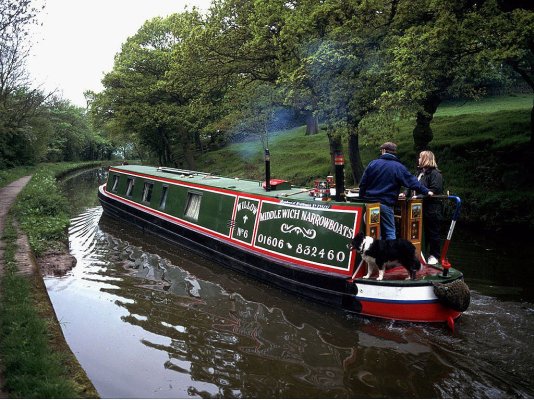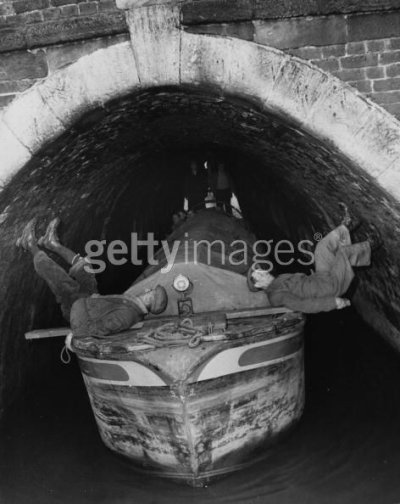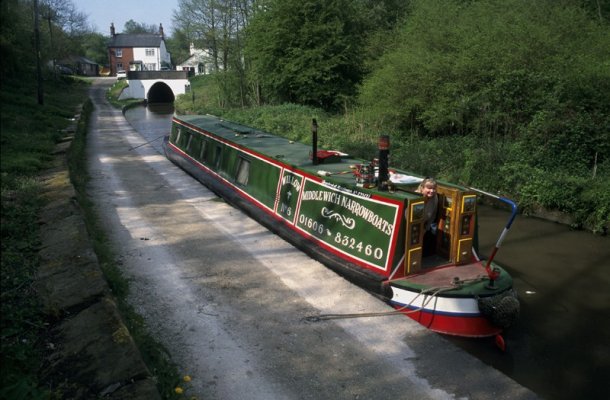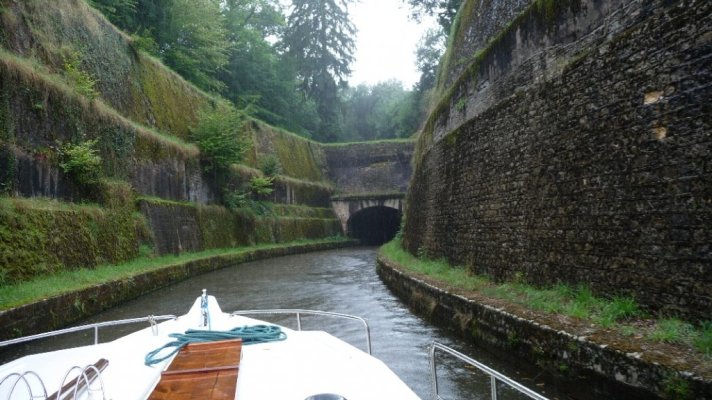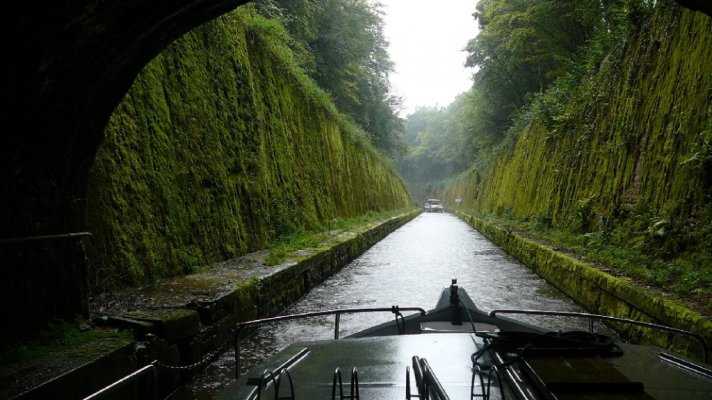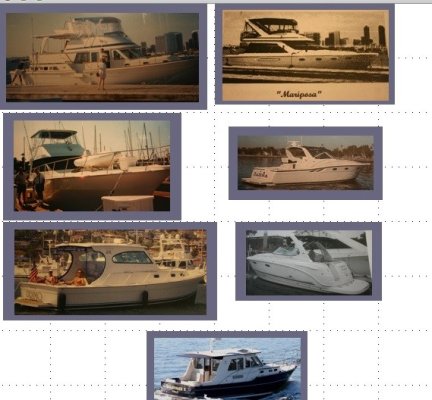Hi All. *I thought this may make for fun discussion and hopefully I'll learn a thing or two. *Our Monk is the first single screw boat we've had, excluding ski boats, etc. *Our bigger boats (33' and a 38') had twins with no thrusters and we could put them anywhere we wanted in any weather without issue. *I was extremely, extremely good at maneuvering them and never had a problem docking anywhere/anytime, more or less, including being able to back them in stern first to the slip on only one engine if needed. *I am still getting used to the trawler. *Actually I have, overall, found it very easy to handle...have never had an issue docking, always goes where I want it to, etc. *So thus far, with my limited time at the wheel to date on her, I've never had an issue handling her. *HOWEVER- I've only been docking her bow in first! *Previously we always docked our boats stern to and that is pretty much the custom around here. *Access to our boat on the dock is great as we are on a covered floating dock with wide fingers so I can get on or off easily whether bow or stern to. *What bothers me though is I am not sure I could park her stern to if I wanted to or had to and well, that bothers me. *I like knowing I can get my boat to go anywhere/do anything so I want to be able to back her in if only as a matter of principal. *The prop walk in my Monk in reverse, in my opinion, is pretty severely to starboard (i.e. stern kicks hard to starboard in reverse). *I have toyed with just popping it in reverse and then quickly out of reverse, short burst of forward, etc. but doing that is hard to make headway in either direction and tends to keep me in one place.
So I guess the question is, for those of you with single screws and no thrusters...what trick do you use to get your boat to back up straight? *Let's say I go into a new marina as a transient and the slip they assign is at the end of a narrow fairway and I get down there and the slip is full and I have to back out in reverse? *I need to know how to make the boat effectively go in reverse in a straight line in case something like that happens or any other scenario that may require me to get the boat to back straight out for a certain distance. *Right now, within about one boat length distance of backing up, the boat wants to do a 360 spin. *It's causing me to seriously ponder getting a thruster but I know I need to figure out how to do this without a thruster for my own ability and just to be as competent as possible.
I thought I'd try backing into my slip earlier this week when I took her out with the family but I decided not to as it was late, we were tired, and the approach is a little odd since my 40' slip is next to an 80' slip so I can't come in parallel to the slip, go past it a bit, then just put it in reverse and let the prop walk swing me in b/c to clear the 80' slip I am a good distance out from the dock.
I love having a single screw when going forward, but in reverse I wish I had twins! *
So I guess the question is, for those of you with single screws and no thrusters...what trick do you use to get your boat to back up straight? *Let's say I go into a new marina as a transient and the slip they assign is at the end of a narrow fairway and I get down there and the slip is full and I have to back out in reverse? *I need to know how to make the boat effectively go in reverse in a straight line in case something like that happens or any other scenario that may require me to get the boat to back straight out for a certain distance. *Right now, within about one boat length distance of backing up, the boat wants to do a 360 spin. *It's causing me to seriously ponder getting a thruster but I know I need to figure out how to do this without a thruster for my own ability and just to be as competent as possible.
I thought I'd try backing into my slip earlier this week when I took her out with the family but I decided not to as it was late, we were tired, and the approach is a little odd since my 40' slip is next to an 80' slip so I can't come in parallel to the slip, go past it a bit, then just put it in reverse and let the prop walk swing me in b/c to clear the 80' slip I am a good distance out from the dock.
I love having a single screw when going forward, but in reverse I wish I had twins! *

